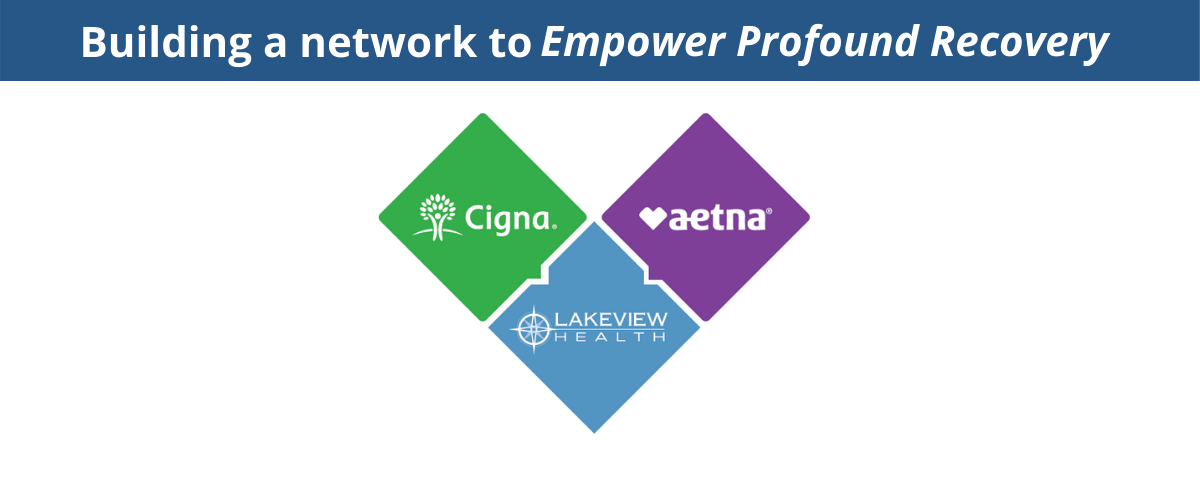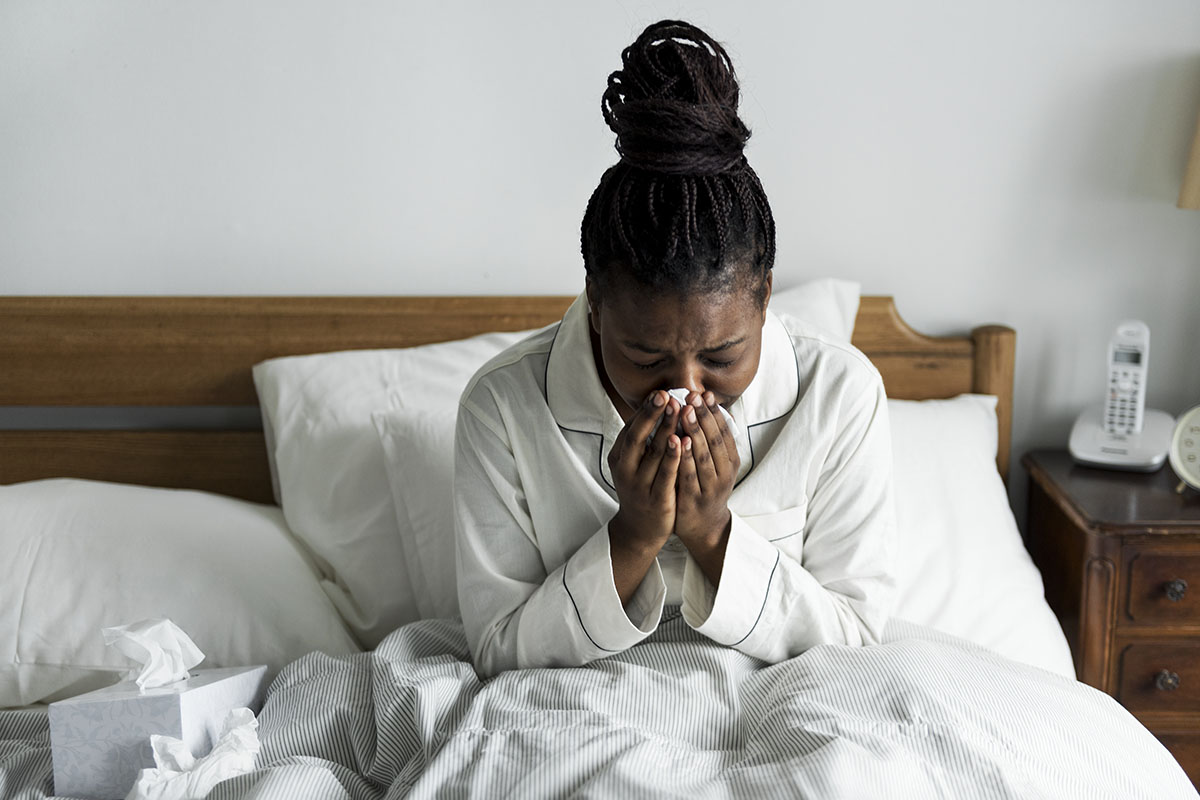Photo: Lisa Chamberlain / CC BY-SA 2.0
Ohio has one of the worst addiction problems in the nation. The state has even been called the “face” of the opioid epidemic. Opioid overdose deaths in Ohio increased by an alarming 29 percent in a single year from 2014 to 2015. The crisis shows no signs of abating. In the two weeks leading up to and including Memorial Day weekend 2017, at least 43 people died from opioid overdoses. Under these dire circumstances, Governor John Kasich is looking for innovative ways to tackle the crisis within the national attempt in ending the opioid epidemic. His recent appeal to find scientific breakthroughs to help solve the opioid crisis is drawing interest from dozens of groups with ideas including remote-controlled medication dispensers, monitoring devices for people with substance use disorder, and pain-relieving massage gloves. So far, the state has received project ideas from over forty hospitals, universities, and various medical device, software, and pharmaceutical developers that plan to apply for competitive research and development grants. On August 8, the Ohio Third Frontier Commission awarded $8 million to NineSigma Inc. to manage the Opioid Technology Challenge. In a news release, the commission said the challenge “will focus on getting and advancing new ideas through competition, to find innovative solutions to address prevention, treatment and overdose response.” “The opioid crisis is touching everyone, and we all need to be part of the solution,” said David Goodman, chair of the Ohio Third Frontier Commission. “Taking ideas and advancing technology is one more way to ensure we leave no stone unturned in the fight against addiction.” Several of the proposals submitted involve exploring new ways to alleviate pain without the use of opioid painkillers. The over-prescription of opioid pain relievers has been widely blamed for the addiction epidemic. Cleveland-based Innovative Medical Equipment is seeking funding to make engineering improvements to a medical apparatus that uses heat to fight head pain, headaches, muscle and joint pain, and pain after surgery. Other proposals look at neural therapies, electrical impulses, and even virtual reality as ways to treat pain. An osteopath from the Columbus area seeks $75,000 to develop a special glove that could help relieve chronic muscle pain through massage therapy. Other ideas include apps for better coordinating medical treatment or addiction care and wearable devices that would accelerate help in cases of a potential overdose by linking people at risk with family, emergency workers, and other caregivers. In addition to the technical challenge, the state has launched what it calls the Ohio Opioid Abuse, Prevention, and Treatment Technology Initiative. That effort is designed to “accelerate the development of existing, proven ideas that need an extra push to get them to market faster,” the state says. Addiction, however, is a complex biopsychosocial disorder, and substituting prescription pain relievers with healthier options can only be part of the healing process. Opioids are frequently misused to self-medicate emotional stress or to suppress traumatic experiences. That is why—in most cases—substance use disorders require comprehensive care that addresses body, mind, and spirit to be successful. “Many healthcare providers are looking for rehab centers that can take care of dual-diagnosis patients, and the Lakeview medical model is one of the best in the country,” says Ben Ertel, who formerly represented Lakeview Health in Ohio. Lakeview’s health and wellness program strengthen the body. Psychotherapy helps heal the mind, while the inclusion of spirituality and mindfulness training allows patients to reconnect with their spirit. If all aspects of the disease are treated, rehab can become a life-changing experience, providing the foundation for a long-term recovery from addiction.




